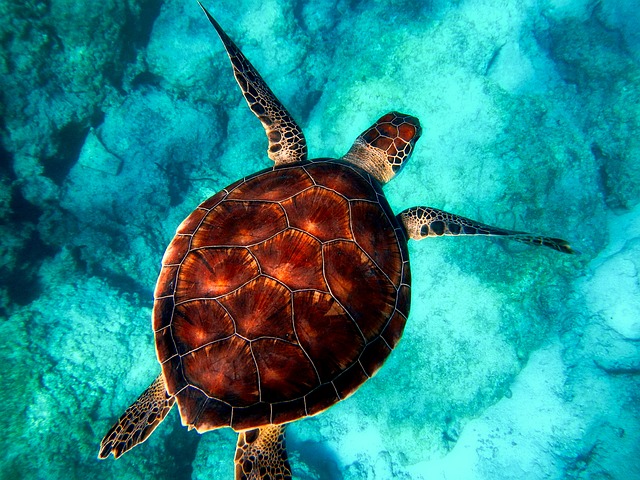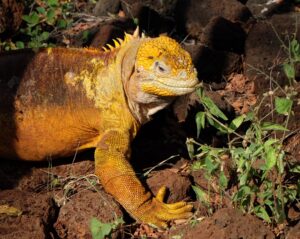One of the world’s largest and most biological diverse marine national parks, the Galapagos Marine Reserve underwent a major expansion last year and continues to strengthen protection of one of the world’s natural treasures through AI (artificial intelligence) and other cutting-edge technology, as well as sanctions on those who are threatening the islands.
The vast reserve — which now covers 198,000 sq km (76,448 sq miles) after the Ecuadorian government expanded it last year — harbors more than 2,900 marine species ranging from whales and sharks to penguins, sea lions, marine iguanas, and colorful tropical fish.
In 2007, UNESCO placed it on the List of World Heritage in Danger because of ongoing conservation threats. While the archipelago was subsequently removed from that list because of improving conditions, serious threats remain. In particular, illegal and over-capacity fishing.
As reported in Fortune magazine, the Galápagos Whale Shark Project is helping to safeguard the endangered species through a new technique called “passive tracking” that involves collecting photos and videos of whale sharks that pass through the marine reserve and using AI to sort and curate the images in order to better understand their behavior, movements and population.
In a move made last December, the U.S. government announced sanctions against two Chinese companies guilty of “illegal, unreported and unregulated” fishing in the Galapagos and posted the names of 157 fishing vessels engaged in those activities.


0 Comments